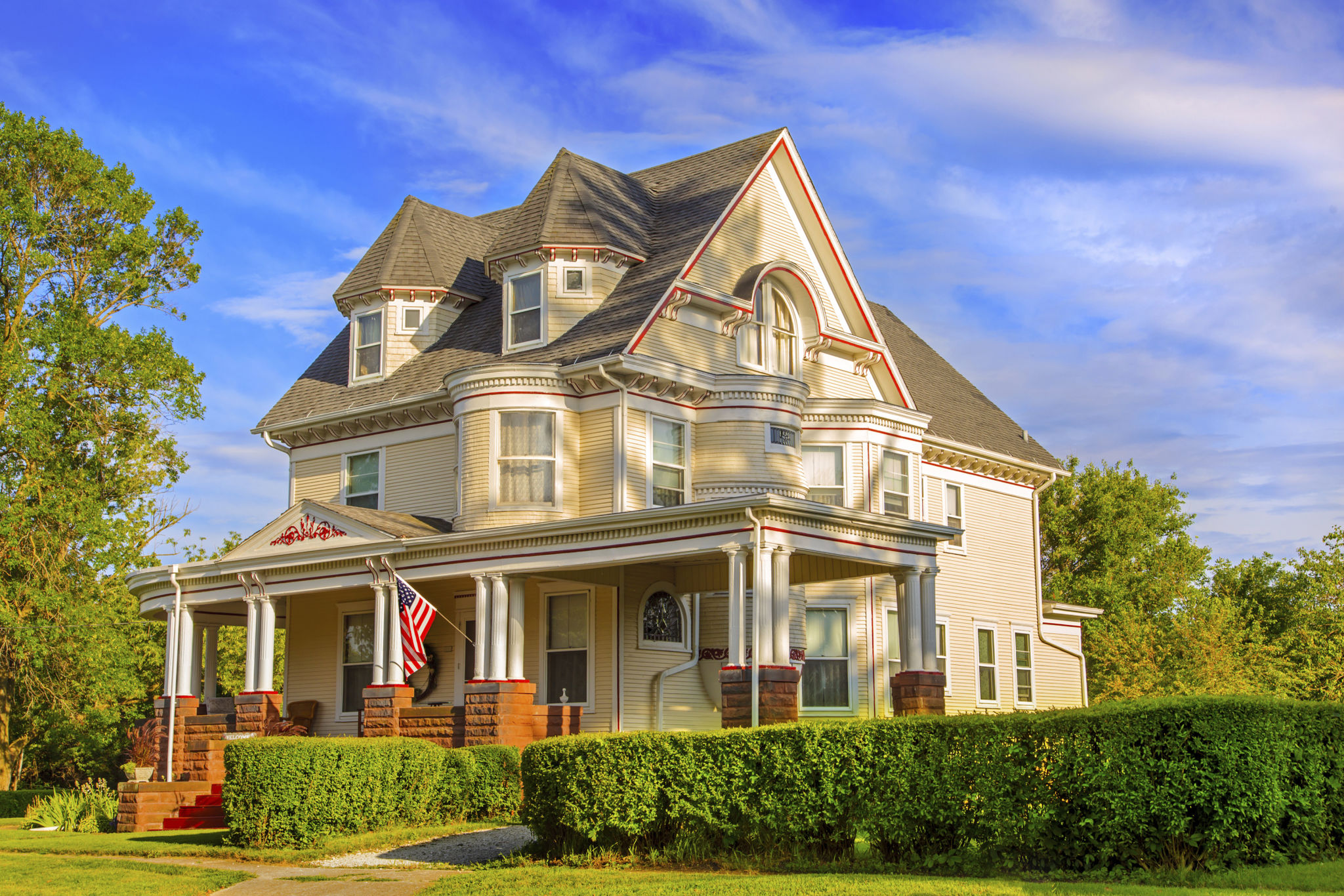Case Study: Transforming a Historic Middlesex County Home with Modern Construction Techniques
Introduction
In the heart of Middlesex County, a historic home has undergone a remarkable transformation, blending its rich past with the conveniences of modern living. This case study explores how innovative construction techniques were employed to preserve the home's historic charm while integrating contemporary elements to meet the needs of today's homeowners.

Understanding the Historical Significance
The home, originally built in the late 1800s, is a testament to the architectural style of that era. Preserving its historical significance was a priority for both the homeowners and the construction team. Before any work began, a comprehensive assessment was conducted to identify key features that needed preservation.
Original moldings, hardwood floors, and stained glass windows were among the elements that required special attention. By retaining these features, the team ensured that the home's history remained intact while planning for modern upgrades.
Challenges in Preservation
Restoring a historic home comes with its own set of challenges. The construction team faced issues such as outdated wiring, inadequate insulation, and structural wear. These problems required careful planning and execution to ensure that the integrity of the original structure was not compromised.

Modern Construction Techniques
To address these challenges, the team implemented several modern construction techniques. Advanced insulation materials were used to improve energy efficiency without altering the home's exterior appearance. Additionally, modern wiring systems were discreetly integrated to enhance safety and functionality.
The use of 3D scanning technology allowed for precise measurements and planning. This technology ensured that new additions and improvements were seamlessly integrated with the existing structure, maintaining both aesthetic and structural harmony.
Incorporating Modern Amenities
While preserving the historical aspects was crucial, incorporating modern amenities was equally important to meet contemporary living standards. The kitchen and bathrooms underwent significant upgrades, featuring state-of-the-art appliances and fixtures that offer both convenience and style.

Enhancing Curb Appeal
The exterior of the home was also revitalized to enhance curb appeal while respecting its historical roots. Landscaping played a key role, with native plants added to echo the home's original garden design. Additionally, sustainable materials were chosen for any exterior refurbishments, ensuring longevity and minimal environmental impact.
The choice of paint colors was influenced by historical palettes, adding a fresh yet authentic look to the facade. This thoughtful approach ensured that the home remained a standout feature in its neighborhood.
Community Impact
The transformation of this historic Middlesex County home has had a positive impact on the community. It serves as an example of how modern construction techniques can be used responsibly to preserve historical architecture while meeting modern needs.
This project has inspired other homeowners in the area to consider similar renovations, contributing to the preservation of Middlesex County's rich architectural heritage.
Conclusion
The successful transformation of this historic home demonstrates that with careful planning and execution, it is possible to blend the old with the new. By employing modern construction techniques thoughtfully, we can preserve our architectural history while creating functional and beautiful living spaces for future generations.

